
In Breaking Russia News
, three threads dominate the day: battlefield movements in Ukraine, shifts in Russia’s oil export plans, and the prospect of tougher Western sanctions. Each development intersects with energy markets, diplomacy, and the war’s grinding front lines—making essential for anyone tracking global risk and trade.
Front lines: pressure toward Dnipropetrovsk
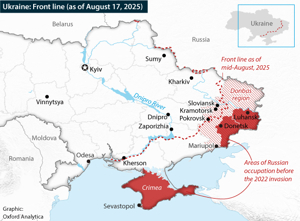
Ukraine has acknowledged that Russian forces have pushed into the Dnipropetrovsk region, opening a new axis of pressure beyond longstanding hotspots. If sustained, this encroachment threatens logistics and air-defense depth in central Ukraine, a change that watchers have feared for weeks. Live updates and military mapping today point to intensified Russian activity east of the oblast boundary, with Kyiv adjusting defenses accordingly
The Institute for the Study of War’s latest assessment notes continued Russian offensive actions and information operations that exploit Ukraine’s constrained election calendar—context that frames today’s movements and messaging. For readers following Breaking Russia News, this underscores how battlefield gains are paired with legal and narrative pressure.
Energy: exports up after refinery strikes
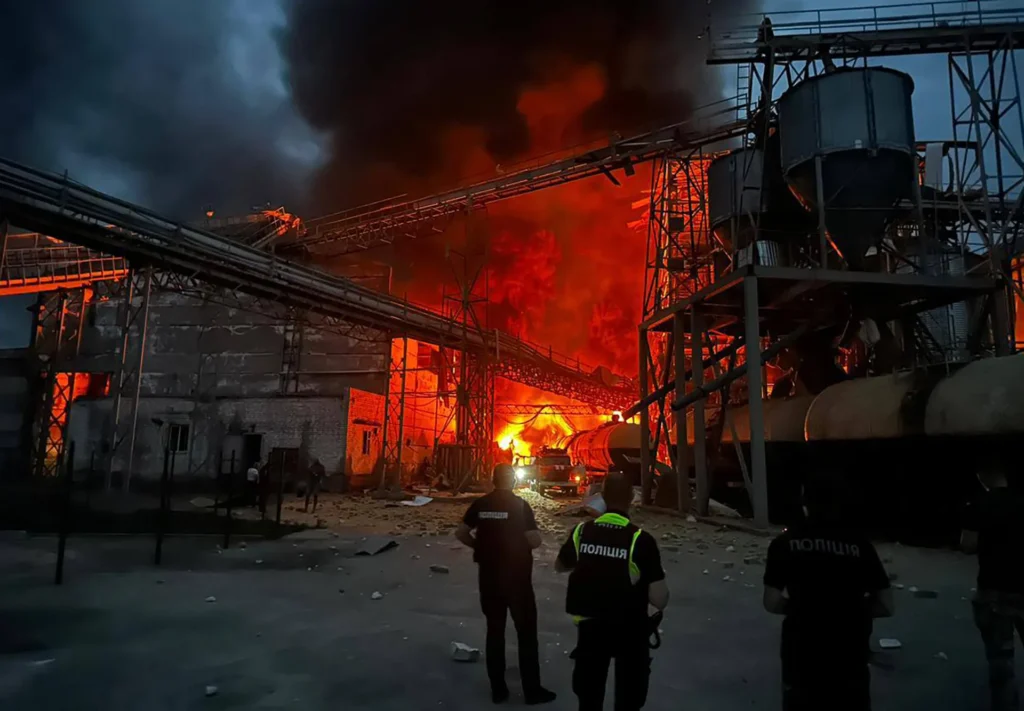
On the energy front, Breaking Russia News highlights a notable pivot: Russia is raising its August crude export plan from western ports—reportedly by ~200,000 barrels per day—after Ukrainian drone strikes sidelined refinery capacity. With processing down at multiple sites, more crude is being routed to seaborne markets via Primorsk and Novorossiisk while Ust-Luga operates below capacity. This rebalancing matters to Breaking Russia News readers because it can tighten refined products while boosting crude flows, with knock-on effects for prices and freight.
Sanctions watch: “very serious” measures floated
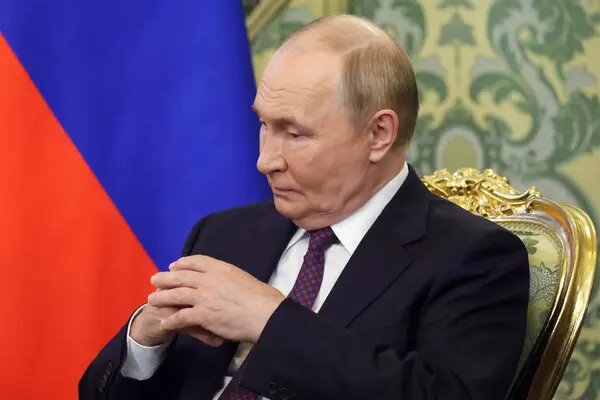
Diplomatically, Breaking Russia News continues to revolve around potential escalations in U.S. economic pressure. The White House and allied outlets are signaling that tougher measures are on the table if talks fail to yield a ceasefire. Reporting in the past 24 hours cites “very serious” sanctions under consideration—complementing an Aug 6 executive action that reaffirmed the national emergency linked to Russia’s actions in Ukraine. For Breaking Russia News, the key question is whether headline threats translate into concrete restrictions on energy, finance, shipping, or tech.
Parallel coverage today includes comments around mediation efforts and meeting dynamics; the tenor is uneven but adds pressure on Moscow as hostilities continue. Readers tracking Breaking Russia News should note that rhetoric can move markets even before policies land—especially where oil trades and shipping insurance are concerned.
Economy: signs of strain beneath wartime surge
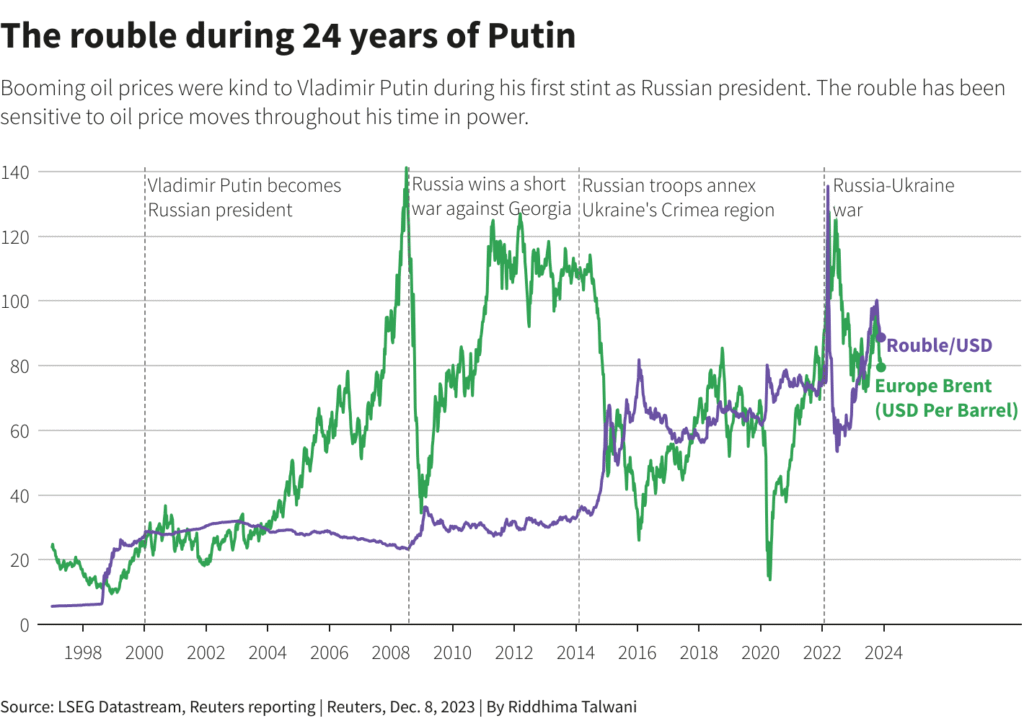
Beyond the battlefield and sanctions, Breaking Russia News includes a macro lens: as wartime spending props up output, analysts warn of fatigue ahead—labor shortages, logistics constraints, and the cost of sustaining operations. Fresh economic commentary this week flags the risk of a slowdown, reminding Breaking Russia News followers that headline growth can mask structural stress.
Why today’s mix matters
For markets and policy watchers, Breaking Russia News points to three immediate implications:
- If Russia sustains higher crude exports while product output is hampered, spreads and trade routes may reshuffle quickly.
- Expanded fighting near Dnipropetrovsk complicates any simple ceasefire path and raises infrastructure risk deeper inside Ukraine.
- A new sanctions wave—if enacted—could target pressure points that ripple through shipping, payments, and energy-service ecosystems central to Breaking Russia News themes.
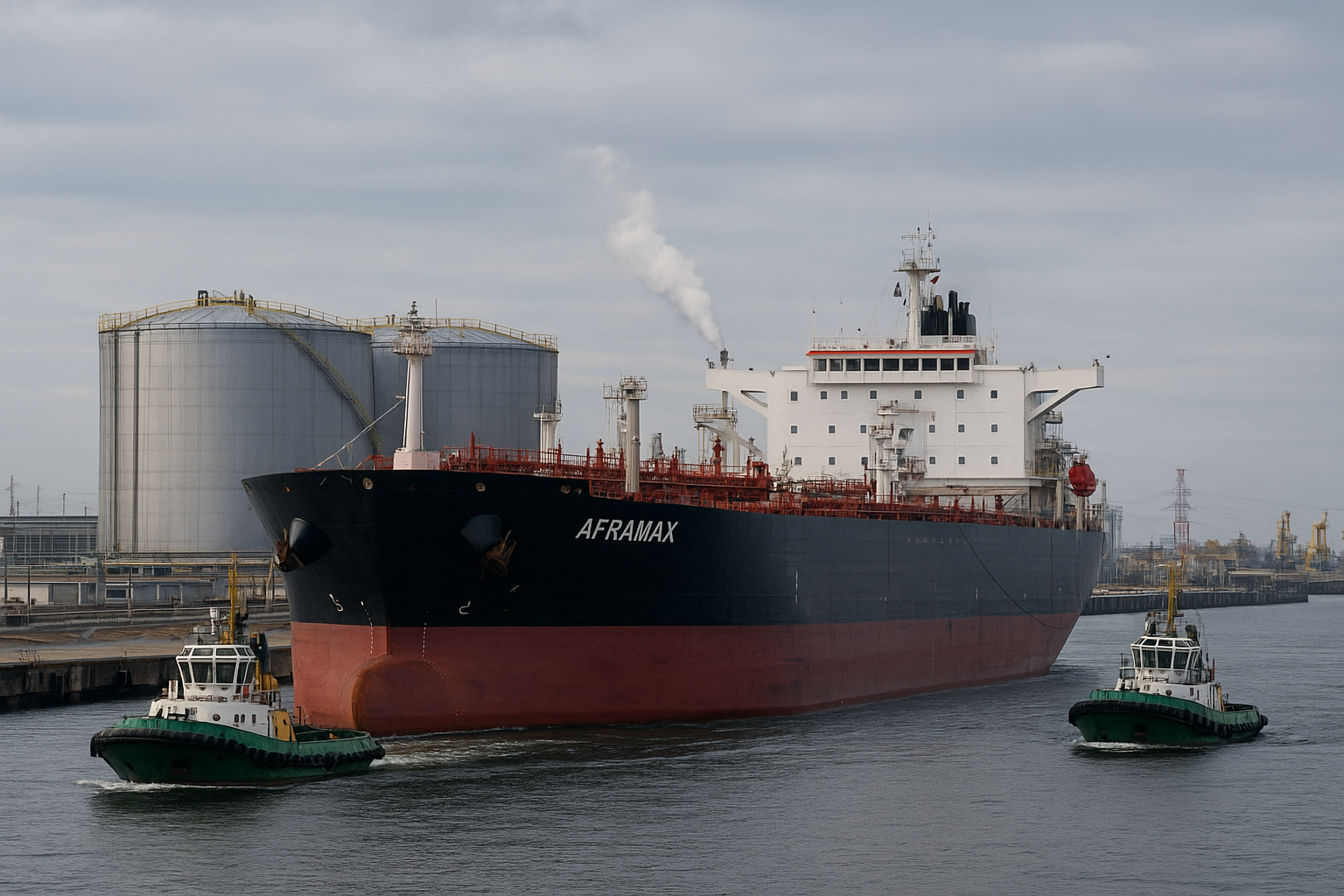
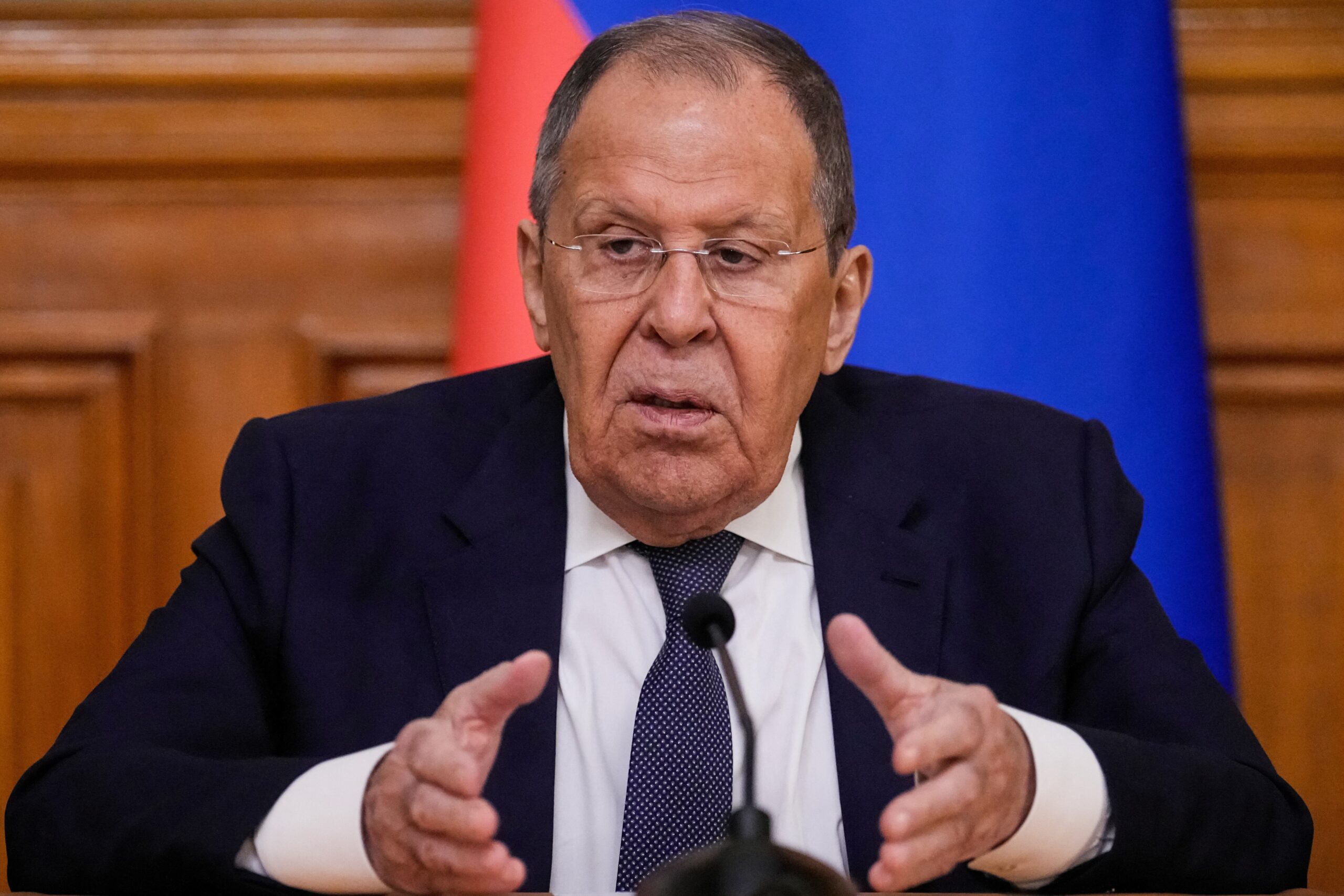
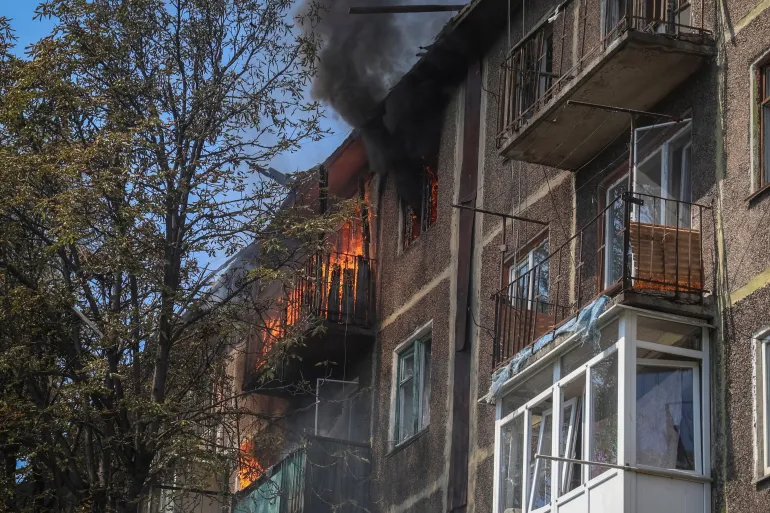

Leave a Reply